Nori leaves are one of the required ingredients in the preparation of sushi. They are made of dried edible seaweed, traditionally grown in the ports of Japan. Popular spot for growing nori leaves is the northeastern coast of Japan, near Sendai and the islands around it, where the combination of cold, quiet bays and shallow waters are a suitable environment for raising so-called Porphrya tenera.
Usually special nets are carefully placed at a certain height, depending on the tides, so that during their stay, the tender plants have maximum access to sunlight and fresh water. They grow to cover the entire net for months, and then at the end of winter are cleaned, cut into thin strips and dried under natural conditions.
Nori leaves are made from pressed or dried purple seaweed. When baked, the taste of these almost black in color leaves is pretty nice. If the color is green, they need to be baked before further processing.
Preparing nori leaves resembles the ancient way of preparing paper. In most cases, their use in cooking requires that they are baked. Today, production and distribution of nori leaveshas turned into an industry. Nori leaves are produced in factories and sold usually in a standard format and size of 18 x 21 cm.
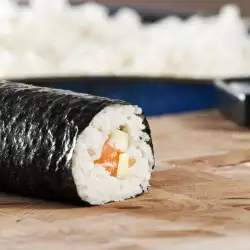
Selection of nori leaves
Quality nori leaves have several distinctive marks - should be thick, smooth, shiny, black or dark green in color, no holes.
Known as Sushi Nori, nori leaves are one of the most popular sea vegetables. They have a mild, subtle taste and are marketed as an easy to use form. Finished nori leaves are a toasted, ready to use product for wrapping sushi or a snack. For quality nori leaves, the environment in which they are grown and knowledge of the Japanese masters are important.
Composition of the nori leaf
Leaves of the nori seaweed species contain as much nutrients. They have higher levels of protein than most other sea vegetables. The level they contain reaches 35%. Nori leaves have an impressive concentration of vitamins, minerals and other nutrients.
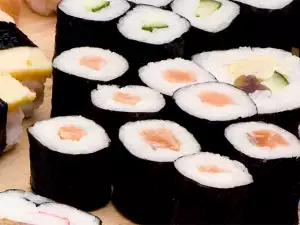
Nori leaves in cooking
Cut into strips, new leaves can be an excellent side dish to cereals, salads and more. In addition to making sushi with nori leaves, you can use them to garnish pasta or to flavor soup. In Japan, eating by children of the nori leaf is a substitute for eating snacks.
Sushi lies based on rice and nori seaweed. Cooking is facilitated by a bamboo sushi mat, which helps the leaves to screw in evenly. There are three ways of rolling sushi with nori :
- Maki - nori leaves are out, rice and fillings inside. Cylindrical shape is achieved.
- Uramaki - these are reversed Maki. The rice is outside, the seaweed, rice and fillings are inside. These are also elongated.
- Hand-made rolls - they are shaped like ice cream cones, the nori is the cone and rice and fillings are inside.
Nori leaves are widely used in vegetarian cuisine. As a source of nutrients for vegetarians, they regularly include various types of seaweeds in their stews, salads and dishes.
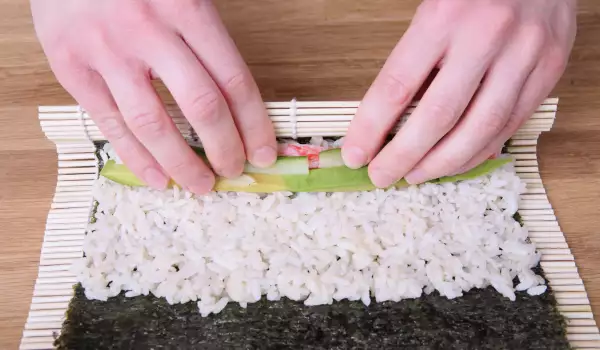
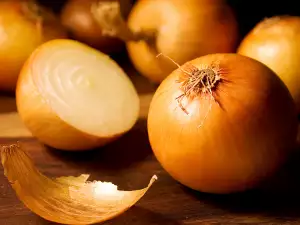


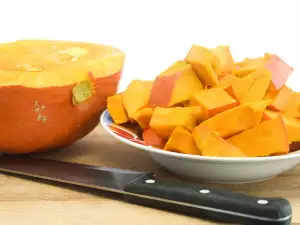

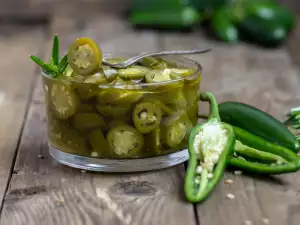


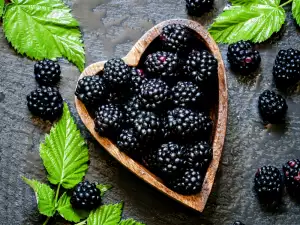
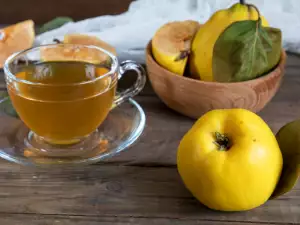
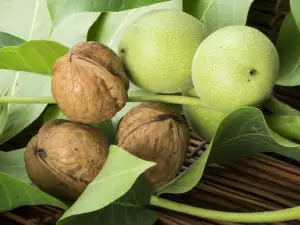
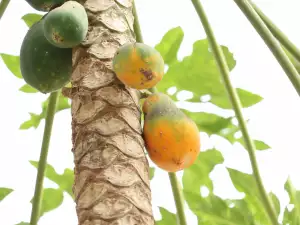

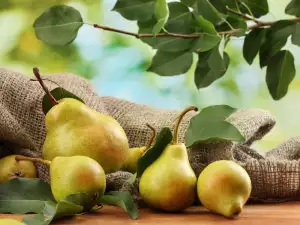
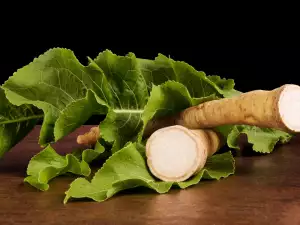




Comments